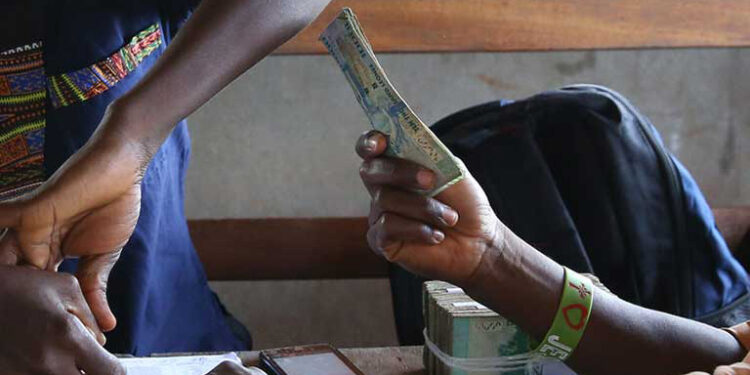Remittances to low- and middle-income countries will have risen by 7.3% to a total of $589 billion in 2021, according to the latest World Bank research, beating previous estimates. This comes after remittances showed remarkable resilience declining only by 1.7% during the COVID-19 recession of 2020.
“Remittance flows from migrants have greatly complemented government cash transfer programs to support families suffering economic hardships during the COVID-19 crisis,” said Michal Rutkowski, World Bank Global Director for Social Protection and Jobs. “Facilitating the flow of remittances to provide relief to strained household budgets should be a key component of government policies to support a global recovery from the pandemic.”
In Latin America and the Caribbean flows increased 21.6% on the back of the US economic recovery, as well as migrants responses to natural disasters in their countries of origin.
The World Bank also decried high costs of sending remittances, averaging 6.4% for sending $200 across international borders, twice the Sustainable Development Goal target of 3% by 2030.
According to the bank’s macro-economic forecasts remittances are expected to grow by 2.6% in 2022.
(By Staff)












